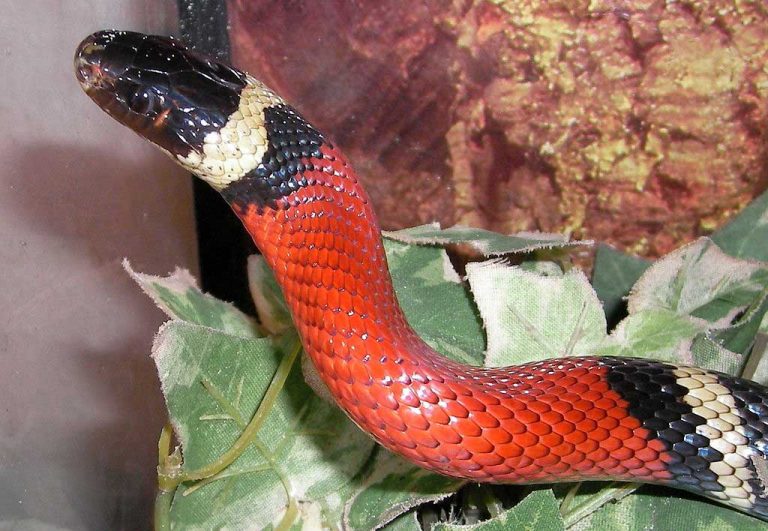Brown Water Snake
Scientific Classification
| Kingdom: | Animalia |
| Phylum: | Chordata |
| Subphylum: | Vertebrata |
| Class: | Reptilia |
| Order: | Squamata |
| Suborder: | Serpentes |
| Family: | Colubridae |
| Subfamily: | Natricinae |
| Genus: | Nerodia |
| Species: | N. taxispilota |
| Binomial name: | Nerodia taxispilota |
The Brown Water Snake Nerodia Taxispilota is a big variety of Natricinae snakes that is widespread in the Southeast province of the US.
Lycodonomorphus Rufulus is the name of the Common Brown Water Snake, that is seen in the Southern part of Africa.
The Brown Water Snake is also called by the names such as aspic, great water snake, water pilot, false moccasin, southern water snake, water rattler, pied water snake, and water rattle.

Anatomy
The Brown Water Snake has a massive body, when compared to the size of the head; the neck is very thin and prominent. The dorsal part is rusted brown or brown in color, having 25 numbers of deep brown or Black Square shaped patches arranged in rows on its back. On the sides it has similar patches, but smaller in size and arranged alternately. The belly is of yellow color, having dark brown or black marks. The scales on the dorsal side are arranged in rows of 27 to 33 (exceeding the ones of the North American water snake), and in the anterior temporal there are 2 to 4 (normally one in others). The length of the developed snakes is 30 to 60 inches (76 to 152 cm), the record length is 69inches
Behavior

The Brown Water Snakes are very good at swimming, their diet consists mainly of fish, especially tiny catfish, and this is hunted through vigorous foraging on the borders or down the lakes or rivers. These brown Water snakes are, in addition, expert climbers. You find them frequently basking on plants or stumps protruding out of the water at a height of 20 ft. These brown water snakes are not poisonous, but still if they are trapped, they will not hesitate to give you a painful bite.
These Brown Water Snakes often escape from dangerous situations if it is possible. If not, they become awfully more aggressive than the other varieties, and will not hesitate to bite or strike. As such, they become the most undesirable guest in case one, by accident, falls in a boat in which you are traveling. The immature snakes also bite in case they are aggravated.
Habitat
The Brown Water Snakes live is streams and swamps and one mistakes it for a poisonous snake. They are endemic in the foot of the mountains and the coastal plains of South eastern provinces, starting from South Virginia and southern provinces, all over Florida. In the West you find them in the eastern regions of Alabama, where their cousin, the diamondback water snake, biologically named Nerodia Rhombifer, substitutes them. The Brown Water Snakes are widespread along South Carolina and Georgia and not in the mountain regions at the high end of Northwest of South Carolina and towards North of Georgia.
As a Pet
Breeding

The Brown Water Snake is ovoviviparous. They mate either on land during the spring or on the branches of trees. The normal grownup females are bigger than the males. They give birth to live babies snakes, normally during the month of August, in clutches of 14 to 58, generally 30 to 40 numbers. The length of the newborn snakes is 7 to 103/4 inches (18 to 27 cm). Unlike the adult snakes, at birth, the males are longer than the females
Housing
Use a water-terrarium that holds a great quantity of water. It is mandatory to have branches in the water. These snakes prefer such branches for a sunbath. The pool must be cleaned since the snakes release their stool too into it.
Food
The Brown Water Snakes are piscivorous (feeding mainly on a fish diet); they live at the bottom of the sea, and they prey mainly on fish (small catfish and minnows), also frogs. The Brown Water snakes in the fetal stage get their nourishment from the fat of the yokes collected inside the covering of egg membranes. In such cases, quite some time before pregnancy, it is mandatory that the female Snake has a good collection of lipid in reserve. On account of the weight of the females, one can see them hunting only occasionally when foraging for food.
When in custody, they become fat and pleasant and feed on fluffy mice and guppies
Handling
The Brown Water Snake is very convenient to handle. Most of the owners say that these snakes never bite.

Having discovered a fondness for insects while pursuing her degree in Biology, Randi Jones was quite bugged to know that people usually dismissed these little creatures as “creepy-crawlies”.







